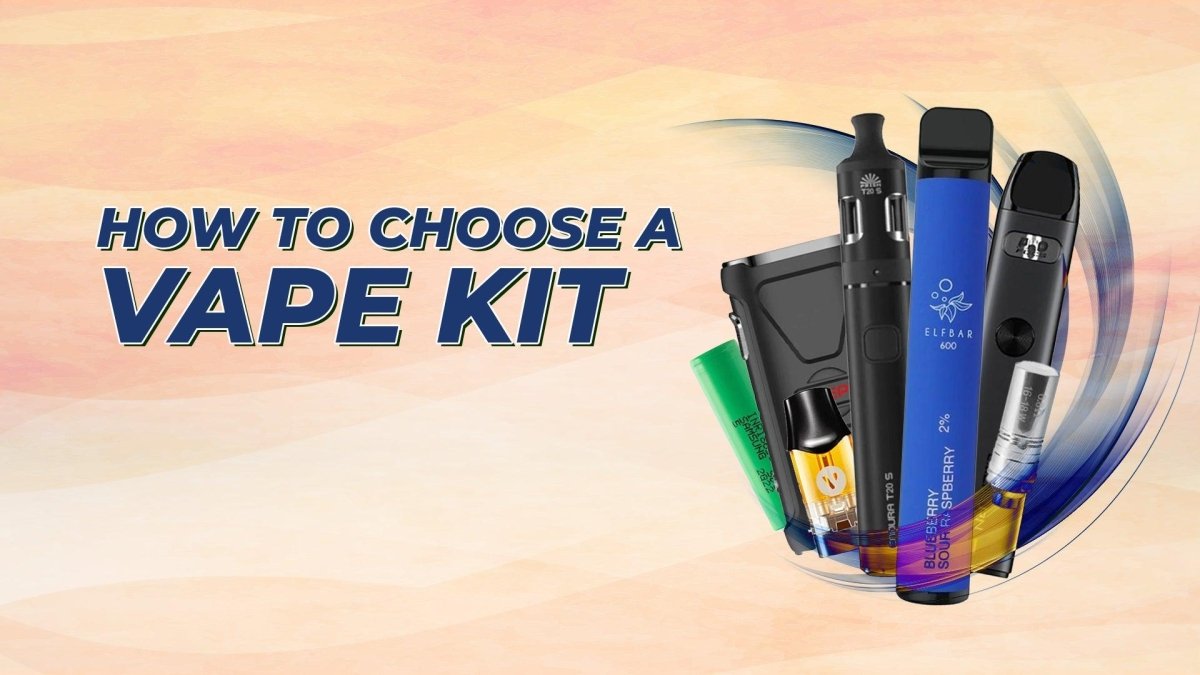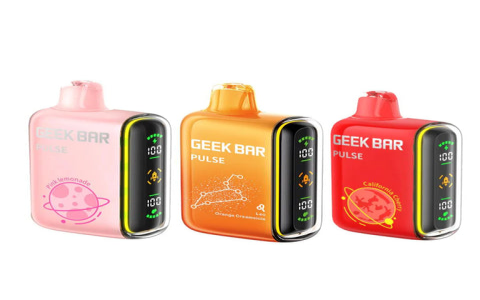Electronic flavoured cigarettes, commonly known as e-cigarettes or vapes, are battery-operated devices that heat a liquid (e-liquid or vape juice) to create an aerosol, which is then inhaled by the user. A defining characteristic of many e-liquids is the addition of flavouring agents, offering a vast array of taste experiences beyond traditional tobacco.
Flavourings in E-Cigarettes
The appeal of electronic flavoured cigarettes is significantly driven by the diversity of available flavours. These can range broadly:

- Fruit Flavours: Mango, berry, citrus, apple, etc.
- Dessert/Sweet Flavours: Vanilla, chocolate, caramel, candy, bakery items.
- Mint/Menthol Flavours: Offering a cooling sensation.
- Beverage Flavours: Coffee, cola, energy drinks.
- Tobacco Flavours: Mimicking traditional cigarette taste, often with variations.
These flavourings are typically food-grade additives, but their effects when inhaled as part of an aerosol are a subject of ongoing research and discussion.
Mechanism of Action
An electronic cigarette generally consists of a battery, a heating element (atomizer or coil), and a cartridge or tank to hold the e-liquid. When activated, the battery powers the heating element, which vaporizes the e-liquid. This e-liquid usually contains:
- Propylene Glycol (PG) and/or Vegetable Glycerin (VG): These form the base of the e-liquid and produce the visible aerosol.
- Nicotine (optional): E-liquids are available with varying nicotine strengths, including nicotine-free options.
- Flavouring Agents: Chemical compounds that provide the desired taste and aroma.
Key Considerations and Potential Concerns
Health Effects: While often marketed as a less harmful alternative to combustible tobacco cigarettes, the long-term health effects of inhaling e-cigarette aerosol, particularly flavoured varieties, are not fully understood. Some flavouring chemicals, while safe for ingestion, may have different effects when heated and inhaled.
Youth Appeal: The wide array of appealing flavours, particularly sweet and fruit varieties, has raised significant concerns about the attractiveness of these products to young people and non-smokers, potentially leading to nicotine addiction and experimentation with tobacco products.
Ingredient Transparency: The specific chemical composition of flavourings can vary, and detailed disclosure is not always provided, making it difficult for consumers and researchers to assess potential risks fully.
Regulatory Landscape
Regulations concerning electronic flavoured cigarettes vary significantly by country and region. Some jurisdictions have implemented flavour bans or restrictions, particularly on flavours deemed appealing to youth, while others have focused on nicotine concentration limits, marketing restrictions, and age verification requirements. The regulatory environment is dynamic and continues to evolve as more research becomes available.
In summary, electronic flavoured cigarettes offer a diverse sensory experience through a wide range of e-liquid flavours. However, their use is associated with ongoing discussions regarding health implications, youth appeal, and the need for comprehensive regulation.









